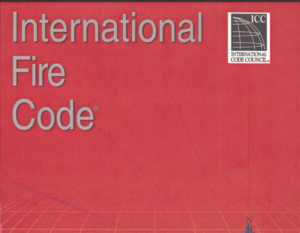The 2013 edition of the NFPA 10, Standard for Portable Fire Extinguishers, focuses on guidelines for the effective use and maintenance of portable fire extinguishers. As an essential component of fire safety, this standard provides updated and detailed instructions on selection, installation, inspection, maintenance, recharging, and testing of these devices. It emphasizes the need for portable extinguishers even in facilities equipped with comprehensive fire protection systems, underscoring their role as a first line of defense against incipient fires.
Significant changes in the 2013 edition include adjustments to the guidelines for Class D extinguishing agents and updates on the phase-out of halon extinguishers due to environmental concerns. This edition also expands the definition of halocarbons, allowing the use of any agent approved under the U.S. EPA Significant New Alternatives Policy program. Moreover, there are revisions in travel distances for extinguishers, aiming to improve accessibility in the event of a fire.
The document also introduces detailed modifications in Chapter 7, which covers Inspection, Maintenance, and Recharging, reflecting the evolving nature of fire safety practices. There’s a new focus on the inspection and maintenance of residential extinguishers, indicative of a broader approach to fire safety that extends into home environments.
Overall, the 2013 NFPA 10 ensures that fire extinguishers are effectively integrated into fire safety protocols, enhancing their reliability and functionality in protecting lives and property. This standard is not just a regulatory framework but a practical guide that addresses both traditional fire safety practices and modern technological advancements in fire prevention and response.






